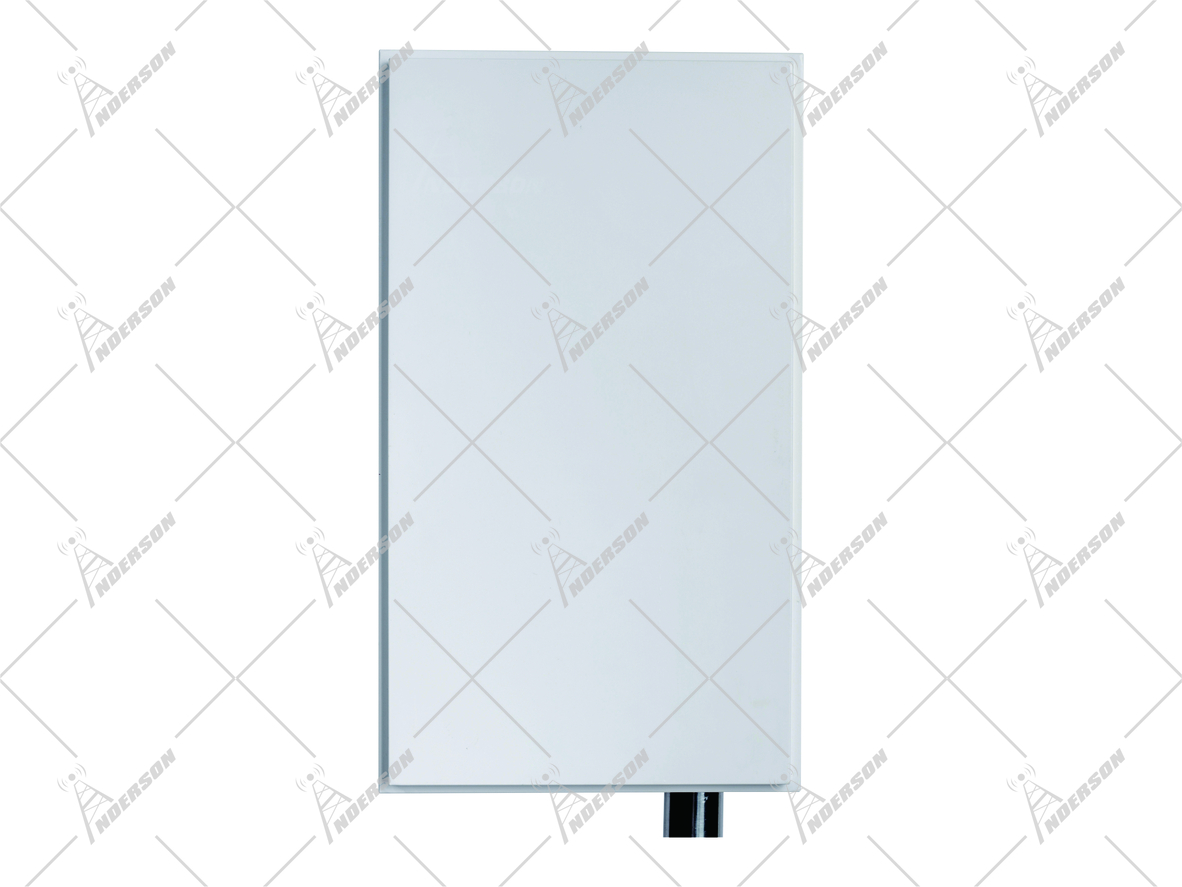Is the higher the gain the better?
In our daily technical communication with customers, we often come across the following exchange:
Customer: “Do you have a high-gain antenna?”
Me: Yes, how much gain do you need?
Customer: The higher, the better! Me: …
This type of dialogue happens from time to time, and it can leave our sales team momentarily speechless. It’s been a challenging year for doing business!
So, today I want to dedicate a special section to explain the concept of “Gain” in the context of radio frequency (RF) communication. For a detailed explanation of Gain, you can refer to my previous two articles titled “Antenna Main Technical Datas and Their Meanings” and “How to Choose the Right Antenna.” They cover comprehensive explanations of Gain, so I won’t repeat them here.
Here I will add some knowledge about Gain:
1. Relationship between antenna gain, pattern and antenna size.
The concept of gain is used to measure the antenna’s ability to send and receive signals in a specific direction, and it is a relative value that depends on the reference it is compared with. For antennas, gain is typically compared in a specific direction relative to a point radiation source or half-wave oscillator.
How to improve the antenna gain?
As mentioned earlier, the radiation pattern of gain resembles an “apple” shape. Theoretically, a higher antenna gain indicates better signal performance and longer transmission distance. To improve the antenna gain, we need to flatten and squeeze the radiation pattern in the direction where we require maximum signal strength. This process enhances the antenna’s ability to focus its energy in a particular direction, leading to increased gain in that direction.


To “flatten” the apple-shaped radiation pattern, it is essential to increase the number of antenna elements. As a result, larger antennas are required to achieve higher gain. In simple terms, larger antennas with more elements can concentrate the signal energy in the desired direction, leading to increased gain. Therefore, the size of the antenna is directly proportional to its gain – the higher the gain desired, the larger the antenna size needs to be.

To achieve the “squeezing” effect, a reflector plate needs to be added to the antenna. The primary function of the reflector plate is to redirect the radiation from the left side of the antenna to the right side, thereby enhancing the radiation on the right side and increasing the overall gain. Antennas equipped with reflector plates are often referred to as directional antennas. These antennas are designed to focus their energy in a specific direction, providing higher gain in that direction compared to other directions.

Is a higher antenna gain always better?
Now that we’ve delved into the radiation principle of antenna gain, let’s circle back to the fundamental question: Does higher gain always equate to better performance? Apparently not.
While it’s true that higher antenna gain can extend coverage distance, it also brings about a trade-off. The narrower the beam width (radiation area), the more pronounced the compression effect. This compression can lead to uneven coverage distribution. Therefore, the decision on antenna gain should be grounded in aligning the beam’s characteristics with the intended coverage area. It’s crucial not to excessively narrow the vertical beam width solely for the sake of improving gain.
When selecting an antenna, practical application context should be taken into account. If large-scale deployment is envisaged, exploring customized antenna designs could be beneficial. Tailoring the antenna solution to the specific requirements of the environment can optimize transmission distance and overall device performance.
Anderson provide customized antenna solutions for your project! Contact us now!
2. Here are a few more key points:
An antenna is a passive device, incapable of generating energy. Its gain refers to its capacity to effectively focus energy for emitting or receiving electromagnetic waves in a specific direction.
The antenna’s gain arises from the combination of oscillators. Increasing gain results in a lengthier antenna.
Enhanced antenna gain correlates with improved directionality, heightened energy concentration, and a narrower radiation lobe.
High Gain antennas from Anderson:

Two ports panel antenna
Frequency range can be customized, High gain meet 10-14dBi, Low return loss,Stable performance.

One port panel antenna
Cover 698-2170MHz, High gain meet 10-14dBi, Low return loss,Stable performance.
